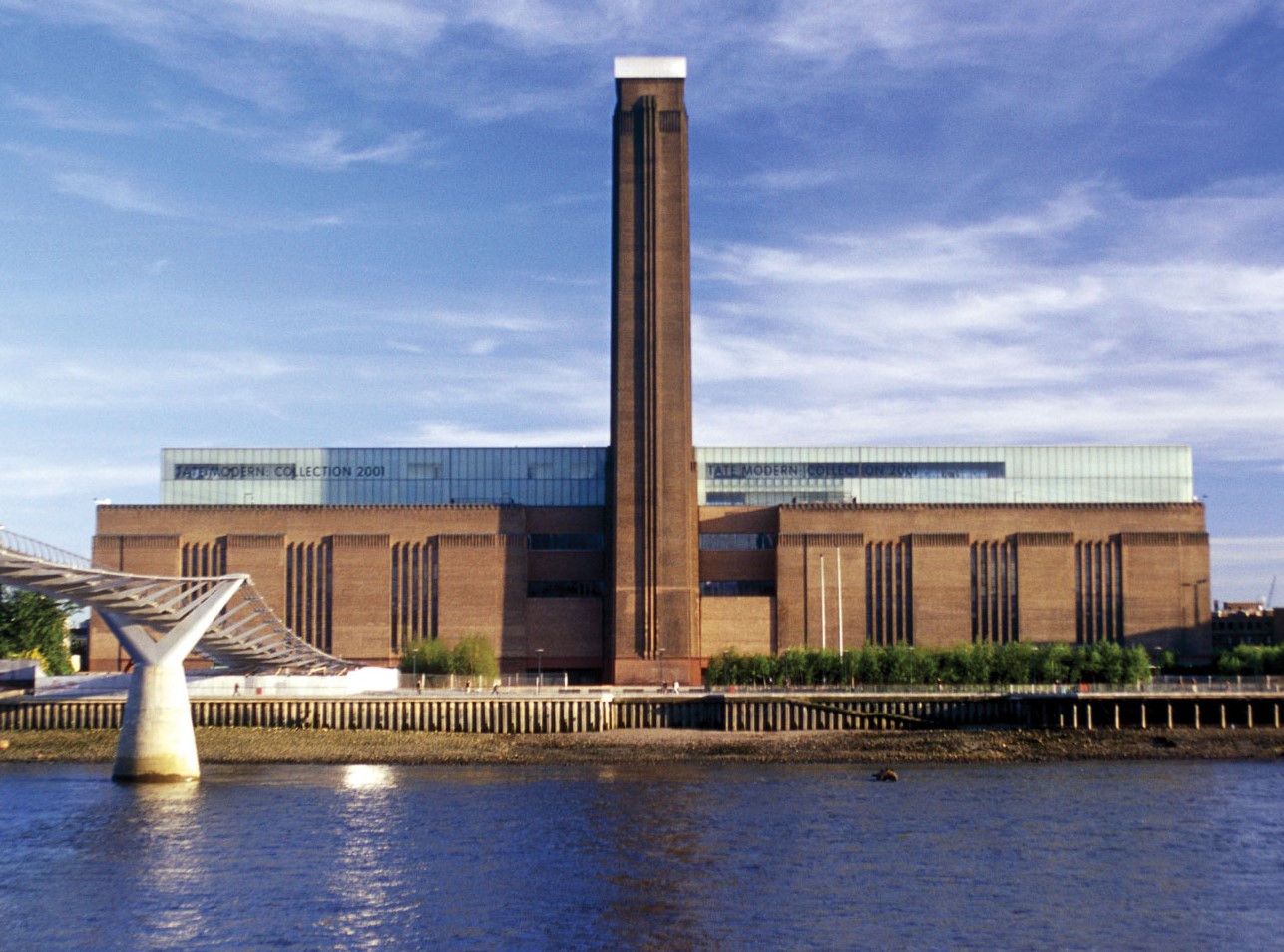What have you been most looking forward to about the end of lockdown? A visit to the hairdresser to tame bedraggled locks? Date night at a favourite French bistro? An easyjet flight to Florence? For us, the reopening of museums and exhibitions have been at the top of the list.
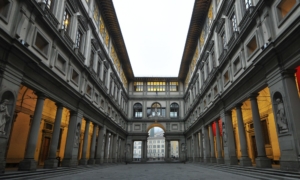

The Uffizi Gallery, Florence, reopened to the public in June
2020 has been a disappointing one for institutions, with many shows closed early or postponed, and a number of public galleries still shut for the foreseeable future. The cancellation or postponement of an art fair is disappointing but the early closure of an exhibition is infinitely more frustrating for our curator friends, given the years of preparation and planning that go into each show: the commissioning and collecting of catalogue entries by scholars around the world; the negotiation of loans and the logistics of art transport and insurance; the time and money invested in publicity, merchandise, academic study days and gallery preparation. At Dickinson, we were especially disappointed at the early closure of the once-in-a-lifetime Van Eyck exhibition at the Museum of Fine Arts in Ghent, which was shut around the same time as this year’s TEFAF Maastricht.
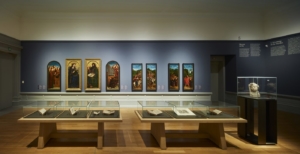

Van Eyck. An Optical Revolution, Museum voor Schone Kunsten, Ghent
Without the revenue from ticket sales, museums are facing staff redundancies, budget cuts – or possibly worse. The American Alliance of Museums has estimated that US institutions are losing $33 million a day because of Covid-related closures and cancellations, and that up to 30% of the nation’s museums are at risk of permanent closure. In the UK, meanwhile, the FT has reported that nearly half of UK museum directors are concerned about continued viability with Covid restrictions and social distancing rules in place.
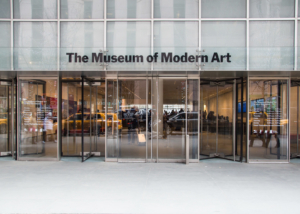

The Museum of Modern Art, New York, reopened to the public on 27 August
Museums are doing everything they can to reopen safely for visitors, and it is encouraging each time we read reports of the latest reopening. Most museums require visitors to book a timed entry in order to control crowd numbers, so some advance planning is required. Some museums, like London’s National Gallery, have laid out set routes for visitors to follow, to avoid the gathering of large groups in certain areas. While it may be frustrating not to be able to plan your own itinerary, in some cases a set course may bring us past works we might otherwise have missed or overlooked. And we are finding that spaces usually too crowded to move in are nearly empty and paintings that are generally surrounded by throngs of tourists are all ours for a private viewing. This might be your chance for a closer look at Van Gogh’s Sunflowers, Klimt’s The Kiss, or even the Mona Lisa!
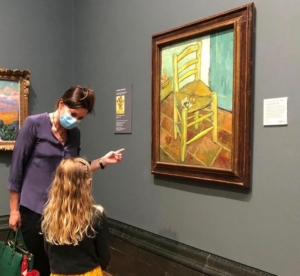

Dickinson’s Managing Director Emma Ward showing her goddaughter around the National Gallery
Many museums are extending exhibitions to account for missed opportunities during the Covid closure period – we were delighted, for instance, when we learned that the blockbuster Raphael exhibition at the Scuderie del Quirinale in Rome, celebrating the quincentenary of the artist’s birth, was to be extended through August; the show originally opened just 3 days before Italy closed all museums on March 8th. And at the National Gallery in London, the much-anticipated show Titian: Love, Desire, Death, featuring episodes from Ovid’s Metamorphoses originally painted for Philip II, can now be seen until January 2021.
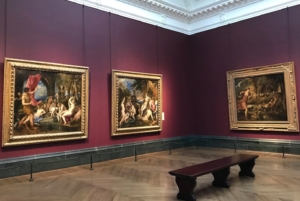

Titian: Love, Desire, Death at the National Gallery, London, recently extended to January 2021
Other exhibitions have been postponed: this year’s Royal Academy ‘Summer’ exhibition, for example, will be open to the public from 6 October 2020 – 3 January 2021. Many museums are now scrambling to find slots in an already-packed international schedule to postpone shows slated for 2020 to 2021, or even later.
The good news is that each day we read about the latest reopenings, and the best way to support museums is easy: if you feel comfortable in public spaces, pay a visit (you’ll generally find rules in place to mandate masks and keep hands clean), or better still, treat yourself to a membership. If you’re staying in London, or New York – or your own home city, wherever it is – this summer, add a museum visit to your itinerary, and help support your local institutions at a time when they need it most.
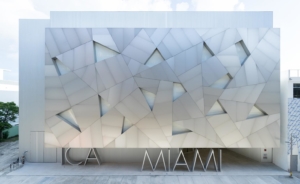

The Institute of Contemporary Art, Miami, reopened to the public on 2 September


